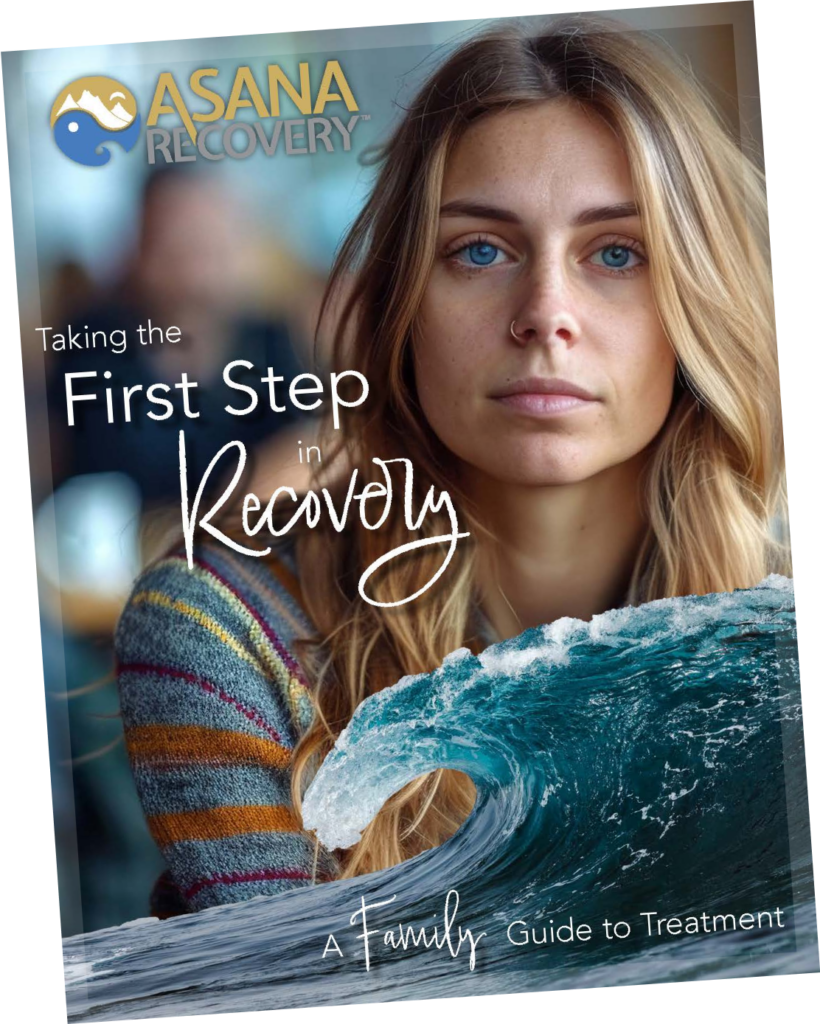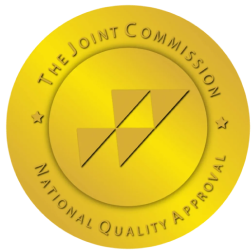Nicotine use significantly impacts mental health, with growing evidence suggesting a complex relationship between smoking and dissociative experiences. This comprehensive exploration reveals the intricate connection between nicotine consumption and mental health outcomes, particularly focusing on dissociative symptoms.
Nicotine dependence shows high comorbidity with various mental health conditions. While some individuals use nicotine as a form of self-medication, research indicates that smoking may actually worsen mental health symptoms over time.
• Increased risk of anxiety and depression
• Higher rates of psychological distress
• Potential exacerbation of existing mental health conditions
Dissociation occurs frequently in psychiatric illness, affecting up to 25% of patients with psychiatric disorders and reaching rates of up to 60% in cases of schizophrenia1. Studies have found direct associations between the severity of psychotic symptoms and dissociative experiences.
• Nicotine affects neurological systems
• Causes oxidative stress pathways
• Impacts brain chemistry through acetylcholine receptors
Nicotine withdrawal can significantly impact mental health and potentially trigger dissociative experiences2. The misattribution hypothesis suggests that smokers often mistake withdrawal relief for genuine psychological benefits.
Research consistently shows that continued nicotine use can lead to:
• Worsened attention problems
• Increased psychological distress
• Higher rates of anxiety and depression
Studies demonstrate that smoking cessation leads to improved mental health outcomes, with effects comparable to antidepressant treatment. The brain’s natural healing processes begin to repair damage caused by nicotine use after cessation.
• Cognitive behavioral therapy
• Nicotine replacement therapy
• Professional counseling support

Implementing effective strategies can help manage both nicotine dependence and dissociative symptoms:
Key Actions:
• Regular mental health monitoring
• Stress management techniques
• Gradual nicotine reduction
• Building strong support systems
Certain individuals may be more susceptible to nicotine-related dissociative experiences:
• Those with pre-existing mental health conditions
• Individuals under high stress
• People with a history of trauma
Recovery from nicotine dependence and associated mental health issues requires a comprehensive approach. Research indicates that smoking cessation can lead to significant improvements in mental health outcomes, with benefits becoming apparent within weeks of quitting.
Understanding the relationship between nicotine and dissociation continues to evolve. While the connection is complex, evidence clearly shows that reducing or eliminating nicotine use can significantly improve mental health outcomes and reduce dissociative experiences.
At Asana Recovery, we understand the complex relationship between nicotine use and mental health, including dissociative symptoms. If you’re struggling with nicotine dependence or experiencing dissociation, our compassionate team is here to help.
Through personalized treatment plans, counseling, and holistic care, we guide you toward healing and reclaiming control over your mental and physical health. Don’t let nicotine impact your well-being—connect with us today and begin your journey to recovery.
Contac Asana Recovery now to learn more about our tailored programs and take the first step toward a healthier future.

This book has helped so many men and women; and we want to give it you for FREE. Get signed up today and discover how to unlock the grip of addiction and get back to living your best life.
In this book, you’ll discover…
— The Most Common Misconceptions About Addiction and Rehab
— Why Rock Bottom is a Myth and What You Can Do About It
–The Steps to Healing From Trauma, Both Mentally and Emotionally
–And much more!

Asana Recovery is licensed and certified by the State Department of Health Care Services.


© Copyright 2024 Asana Recovery™ | All Rights Reserved | Privacy Policy
Asana Recovery
We firmly believe that the internet should be available and accessible to anyone, and are committed to providing a website that is accessible to the widest possible audience, regardless of circumstance and ability.
To fulfill this, we aim to adhere as strictly as possible to the World Wide Web Consortium’s (W3C) Web Content Accessibility Guidelines 2.1 (WCAG 2.1) at the AA level. These guidelines explain how to make web content accessible to people with a wide array of disabilities. Complying with those guidelines helps us ensure that the website is accessible to all people: blind people, people with motor impairments, visual impairment, cognitive disabilities, and more.
This website utilizes various technologies that are meant to make it as accessible as possible at all times. We utilize an accessibility interface that allows persons with specific disabilities to adjust the website’s UI (user interface) and design it to their personal needs.
Additionally, the website utilizes an AI-based application that runs in the background and optimizes its accessibility level constantly. This application remediates the website’s HTML, adapts Its functionality and behavior for screen-readers used by the blind users, and for keyboard functions used by individuals with motor impairments.
If you’ve found a malfunction or have ideas for improvement, we’ll be happy to hear from you. You can reach out to the website’s operators by using the following email
Our website implements the ARIA attributes (Accessible Rich Internet Applications) technique, alongside various different behavioral changes, to ensure blind users visiting with screen-readers are able to read, comprehend, and enjoy the website’s functions. As soon as a user with a screen-reader enters your site, they immediately receive a prompt to enter the Screen-Reader Profile so they can browse and operate your site effectively. Here’s how our website covers some of the most important screen-reader requirements, alongside console screenshots of code examples:
Screen-reader optimization: we run a background process that learns the website’s components from top to bottom, to ensure ongoing compliance even when updating the website. In this process, we provide screen-readers with meaningful data using the ARIA set of attributes. For example, we provide accurate form labels; descriptions for actionable icons (social media icons, search icons, cart icons, etc.); validation guidance for form inputs; element roles such as buttons, menus, modal dialogues (popups), and others. Additionally, the background process scans all the website’s images and provides an accurate and meaningful image-object-recognition-based description as an ALT (alternate text) tag for images that are not described. It will also extract texts that are embedded within the image, using an OCR (optical character recognition) technology. To turn on screen-reader adjustments at any time, users need only to press the Alt+1 keyboard combination. Screen-reader users also get automatic announcements to turn the Screen-reader mode on as soon as they enter the website.
These adjustments are compatible with all popular screen readers, including JAWS and NVDA.
Keyboard navigation optimization: The background process also adjusts the website’s HTML, and adds various behaviors using JavaScript code to make the website operable by the keyboard. This includes the ability to navigate the website using the Tab and Shift+Tab keys, operate dropdowns with the arrow keys, close them with Esc, trigger buttons and links using the Enter key, navigate between radio and checkbox elements using the arrow keys, and fill them in with the Spacebar or Enter key.Additionally, keyboard users will find quick-navigation and content-skip menus, available at any time by clicking Alt+1, or as the first elements of the site while navigating with the keyboard. The background process also handles triggered popups by moving the keyboard focus towards them as soon as they appear, and not allow the focus drift outside it.
Users can also use shortcuts such as “M” (menus), “H” (headings), “F” (forms), “B” (buttons), and “G” (graphics) to jump to specific elements.
We aim to support the widest array of browsers and assistive technologies as possible, so our users can choose the best fitting tools for them, with as few limitations as possible. Therefore, we have worked very hard to be able to support all major systems that comprise over 95% of the user market share including Google Chrome, Mozilla Firefox, Apple Safari, Opera and Microsoft Edge, JAWS and NVDA (screen readers).
Despite our very best efforts to allow anybody to adjust the website to their needs. There may still be pages or sections that are not fully accessible, are in the process of becoming accessible, or are lacking an adequate technological solution to make them accessible. Still, we are continually improving our accessibility, adding, updating and improving its options and features, and developing and adopting new technologies. All this is meant to reach the optimal level of accessibility, following technological advancements. For any assistance, please reach out to